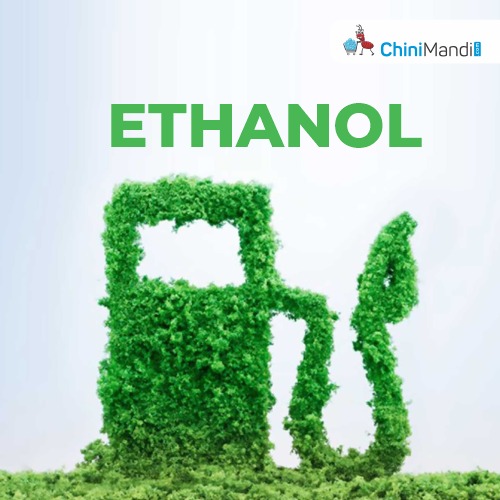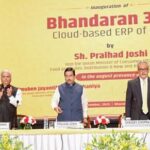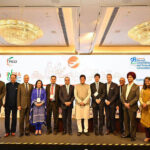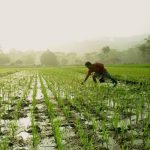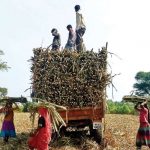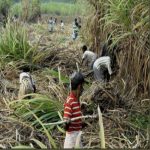Nearly twenty years ago, the Government of Nepal introduced a plan to blend ethanol into petroleum products—a move that could significantly reduce fuel imports and environmental pollution. However, despite its potential, the plan remains on hold.
If implemented, ethanol blending could save the country approximately NPR 1.25 billion in petrol imports annually. Unlike neighboring India, where petrol blended with ethanol has been available to consumers for years, Nepal has yet to adopt this practice.
Ethanol, a high-energy, flammable biofuel, is known for reducing engine emissions and lowering pollution levels. It can be produced from agricultural byproducts such as sugarcane, straw, and dried grass. Since Nepal imports all of its petrol from India, using domestically produced ethanol would also help conserve foreign currency.
The government first drafted the ethanol blending policy in 2003. However, progress stalled due to delays in finalizing procedures for ethanol production and usage.
According to the news report by Myrepublica, Chandika Prasad Bhatta, Executive Director of Nepal Oil Corporation (NOC), said the corporation has prepared the necessary procedures for ethanol blending and submitted them to the Ministry of Industry, Commerce, and Supplies. “We’ve completed the groundwork,” Bhatta said. “Once the government gives the green light and production begins, we’re ready to move ahead with blending.”
Studies conducted by the NOC indicate that blending ethanol into petrol could reduce the country’s daily petrol consumption by around 400,000 liters. With a daily consumption rate of 4 million liters, Nepal could feasibly blend 10 percent ethanol into its petrol supply, cutting annual imports by about 144 million liters.
At the current purchase rate, approximately NPR 85 per liter paid to Indian Oil Corporation, this reduction translates to annual savings of around NPR 1.241 billion. Currently, Nepal imports and distributes all petrol through the Indian Oil Corporation.
Recognizing these potential benefits, the government has reiterated its commitment to bioethanol blending. Finance Minister Bishnu Paudel included the policy in the national budget for the upcoming fiscal year, highlighting it as a means to curb both pollution and petrol imports.
Bhatta has also stressed the economic advantages for local farmers. “Ethanol production can become a new income source for farmers,” he noted. “It supports rural livelihoods while also addressing environmental concerns.”
India, meanwhile, is pushing forward with its ethanol agenda, aiming to achieve a 30 percent ethanol blend in fuel by 2030. The Indian government has actively promoted ethanol production as a sustainable and environmentally friendly fuel alternative.
Bhatta believes Nepal can produce ethanol without difficulty, provided it is produced locally. “With proper pricing, farmers can contribute to ethanol production, and we’re prepared to use it,” he said.
Although the government is also promoting electric vehicles as part of its broader environmental strategy, experts in the petroleum sector are calling for more focused discussion on ethanol’s role in the energy mix. They argue that a well-planned ethanol blending program could be both consumer-friendly and environmentally responsible.
To move forward, stakeholders emphasize the need for a balanced approach, one that considers sustainability, consumer interests, and the long-term energy security of the country.
India’s progress
In the current Ethanol Supply Year (ESY) 2024-25, ethanol blending in petrol reached 19.7 per cent in April, while the cumulative average ethanol blending from November 2024 to April 2025 stood at 18.6 per cent.
Public Sector Oil Marketing Companies (OMCs) received 87.9 crore liters of ethanol under the EBP program in April 2025, bringing the cumulative total to 457.4 crore liters from November 2024 to April 2025.
According to official data, the ethanol blended under the EBP program in April 2025 totaled 86 crore liters, bringing the total to 477.1 crore liters from November 2024 to April 2025.
As per the Ministry of Petroleum & Natural Gas (MoPNG), under the EBP Programme, ethanol supplies have increased from 38 crore liters in ESY 2013-14 to 707.4 crore liters in ESY 2023-24, achieving an average blending of 14.6 per cent ethanol in petrol.

